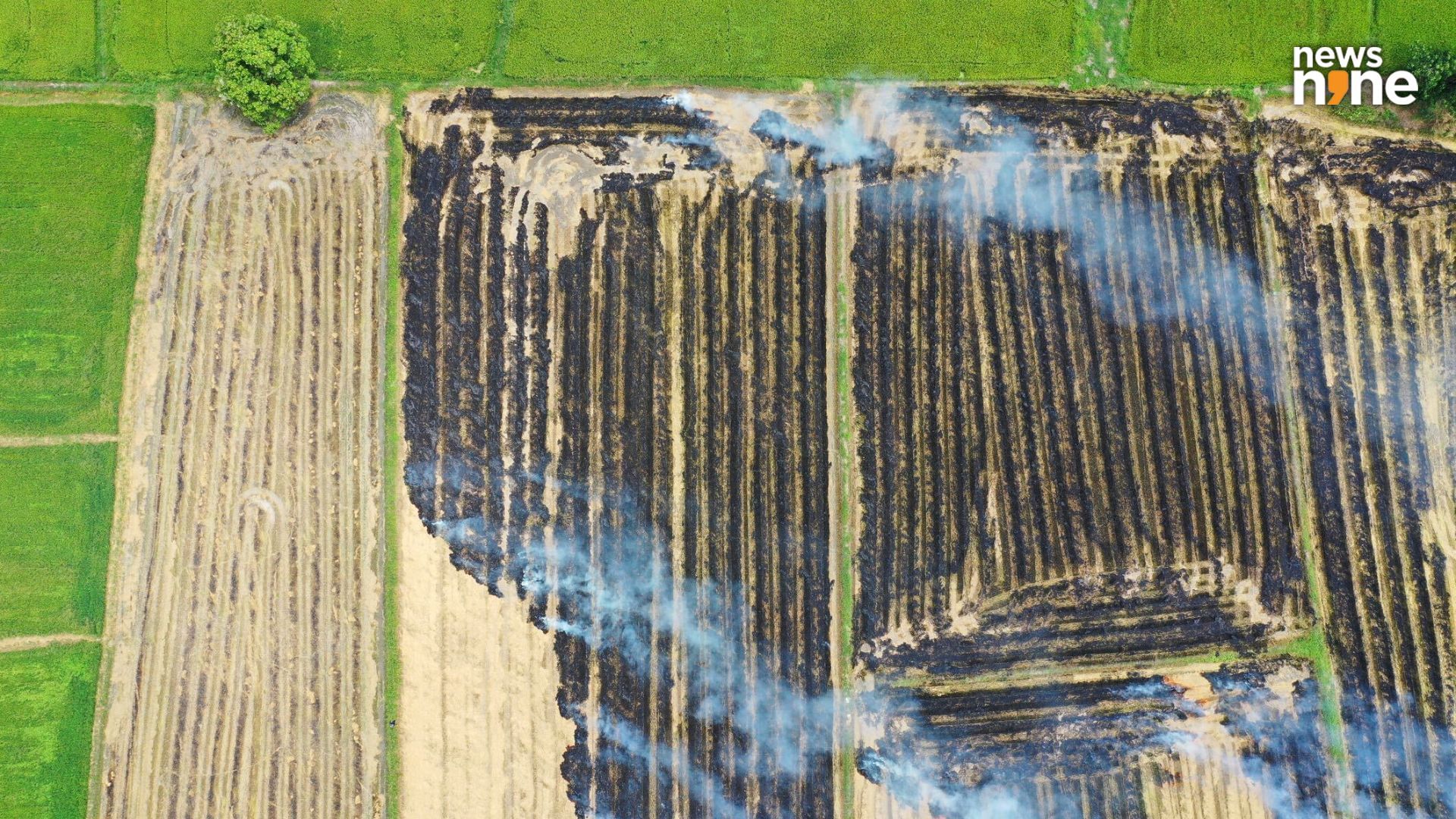New Delhi: To monitor stubble burning, scientists use satellites in Sun synchronous polar orbits such the Suomi-NPP operated by NASA and the US National Oceanic and Atmospheric Administration (NOAA). Satellites in such orbits image the Earth in consistent lighting conditions, following the path of the Sun across the sky. This allows for easy comparison across the images captured over many orbits. These satellites have a high spatial resolution, but a low temporal one. Last year, NASA remote sensing scientist Hiren Jethva suggested that farmers were burning stubble after the passage of the satellites to dodge surveillance, a claim that was rubbished by officials.
Subsequently, a study by scientists from the Space Applications Centre (SAC) in Ahmedabad using the INSAT-3DS satellite confirmed that the farmers were indeed dodging the surveillance by satellites in polar orbits. The INSAT-3DS is a geostationary satellite that provides a greater temporal resolution than the Sun synchronous satellites as it is perpetually located in the same spot above the Earth, but a lower spatial resolution. Now, the researchers from Space Applications Centre have confirmed the shift in timings of stubble burning based on observations by European geostationary satellites as well. A paper describing the research has been published in Current Science.
Contamination of Models
The analysis by the SAC scientists shows a gradual shift in peak fire activity from around 13:30 hours IST in 2020 to 17:00 hours IST in 2024. Underestimating active fire events can lead to the underestimation of carbon emissions, that then carry on to atmospheric chemistry transport models, adversely impacting the accuracy of particle matter and aerosol loadings. The attempts by the agricultural workers to dodge monitoring can compromise assessment of air quality across the Indo-Gangetic Plain. The researchers highlight the need to use data from both geostationary satellites as well as satellites in Sun synchronous polar orbits to monitor stubble burning in northwest India.
